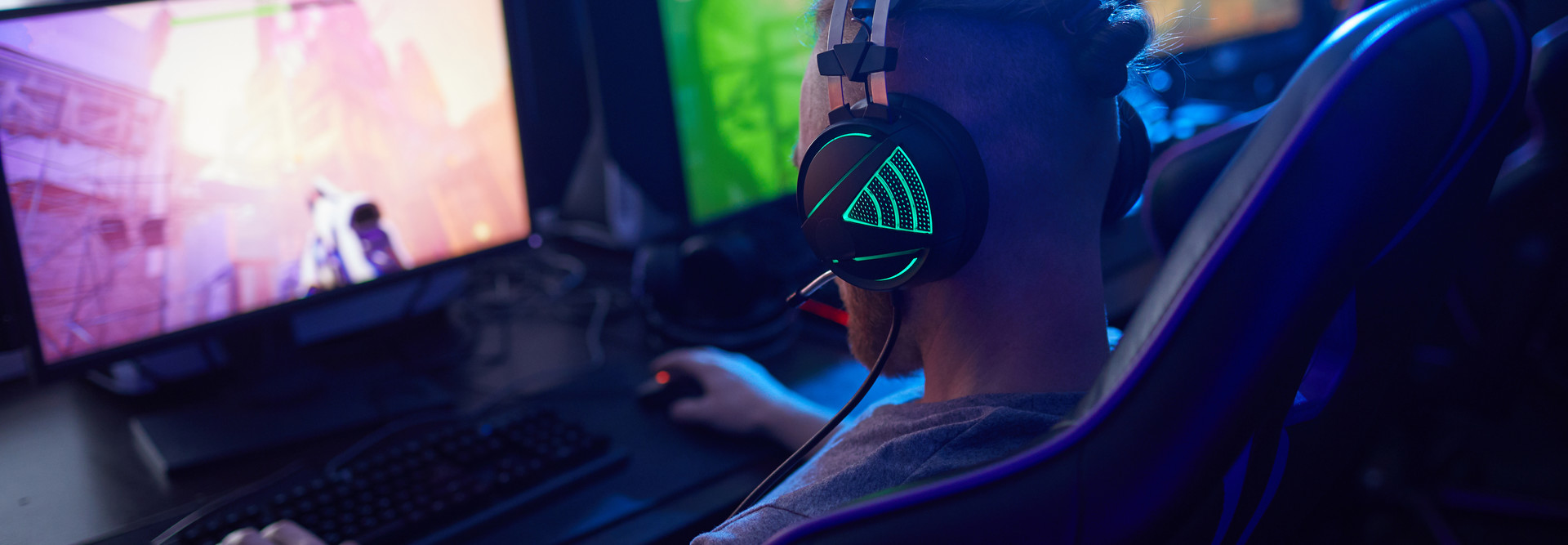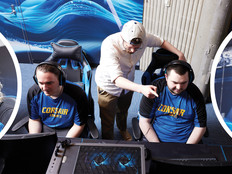The Model for an Ideal Esports Network in Higher Ed
To create networking for the league, SUNY built on its approach to networking for the Canton esports facility. It partnered with Extreme Networks to give the arena a few must-haves: high-bandwidth, low-latency Wi-Fi and proper switching for peak connectivity.
Previously, Canton had been using a switch shared with classrooms and single network interface cards. After Extreme Networks came on board, the university upgraded to a dedicated hardware closet and doubled switches for full redundancy. It also homerunned switches to the edge of the network (switches originally went through a core router and commodity internet), then added a secondary connection through the academic network.
MORE ON EDTECH: Learn which esports equipment can help college teams become competitive.
Because bandwidth stability is so important for esports, Extreme Networks’ analytics dashboard was installed and used to monitor SUNY Canton’s network.
“Using network analytics, IT staff can keep track of bandwidth distribution across campus and ensure arenas are prioritized and receive proper bandwidth during games for a seamless experience,” says Norman Rice, COO of Extreme Networks. “IT staff also use analytics to manage and monitor all connected devices.”
These were the features that needed to be scaled and rolled out to all of the SUNY campuses that wanted to participate in the campuswide league.













